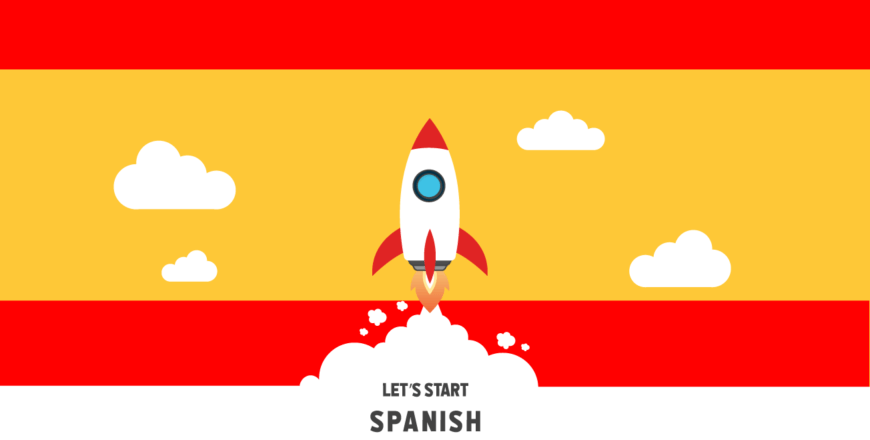Spanish greetings and introduction

Greetings and Introduction
1
How are you?
2
You vs You formal
3
Calling oneself
4
What is your name?
5
Possessive Adjective
6
Last name
Spanish greetings and introduction
Price:
Free






